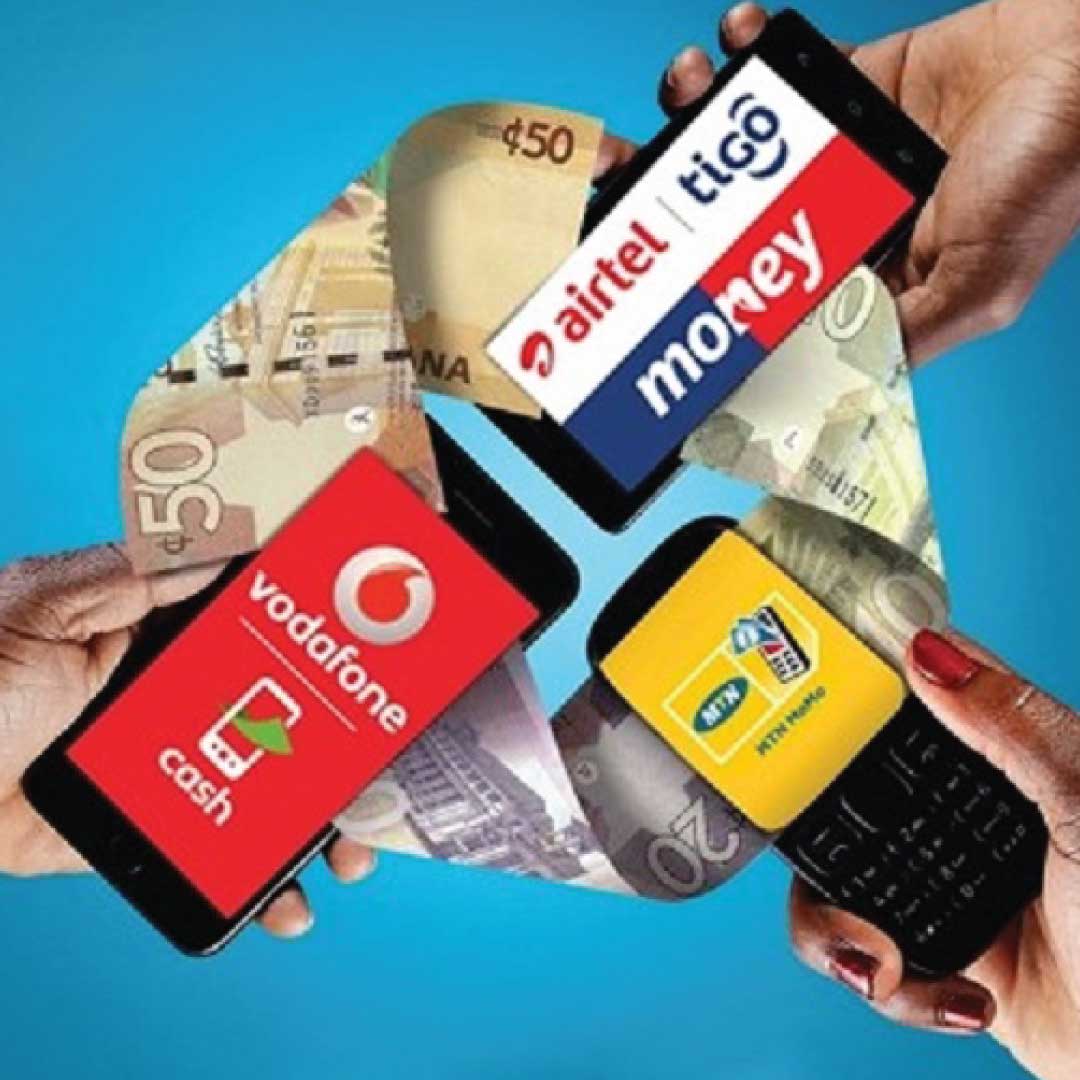Mobile money in Africa is currently in its current state and is expected to grow. One of the African economy’s fastest-growing sectors is the mobile money sector. Mobile money transactions increased in value by 39% in 2021, reaching $701.4 billion. As a result, Africa effectively owns 70% of the world’s mobile money market, which has recently surpassed the $1 trillion valuation threshold.
The combined transaction value for the top four mobile money platforms in Africa (M-Pesa, MTN MoMo, Airtel Money, and Orange Money) has reached $50 billion per month, another interesting statistic.
Read: Mobile money’s value plummets by GH10 billion as the e-levy implementation date approaches.
What then is propelling this growth? What does the future hold, and how resilient is it? This page delves deeply into the state of the African mobile money market and the factors behind its expansion.
The mobile money market in Africa has always shown potential. However, current data have topped even the most ludicrous early-day expectations. Some of the causes of this growth are as follows:
Africa is becoming more mobile-penetrated
In recent years, mobile usage has increased significantly in Africa. According to surveys, 44% of people had a device as of 2018, and by 2025, there would be 634 million unique mobile customers. The mobile money sector has grown due to this reason and will continue to do so.
Read: Mobile Money Agents Association of Ghana Now Supports E-Levy
Improved services for mobile money
The sector is not short of service suppliers. MTN, Vodafone, and Airtel, among others, have not been afraid to engage in a corporate “tug-of-war” in the mobile money market, which has led to the creation of a number of cutting-edge digital payment products.
With more than 70 enterprises choosing the platform, Vodacom and Alipay launched the Vodapay SuperApp in June 2021.
Another illustration is the recent collaboration between MTN Group and Flutterwave, which will enable companies in Cameroon, Côte d’Ivoire, Rwanda, Uganda, and Zambia to integrate the Flutterwave platform and accept payments via MTN MoMo.
Due to the COVID-19 Contactless payments have increased
Accessing regular banking services proved challenging in the early stages of the Covid-19 epidemic. But even that provided the mobile money sector with a significant boost. In fact, between 2019 and 2021, African banking revenues decreased by 23% to 33%, whereas the mobile money sector continued to grow steadily.
The African mobile money market has overcome numerous challenges. However, specific issues still prevent the industry from achieving its full potential. They consist of:
Challenges with cross-border payments
The cross-border payments sector in Africa has not fared well, despite repeated attempts in this direction. This has implicated issues with prices, effectiveness, accessibility, and transparency. It goes without saying that the lack of a breakthrough in this market has somewhat hampered the development of mobile money in Africa.
When it comes to digital inclusion in Africa, there is still room for progress. The growth of mobile money on the continent has been slightly hampered by factors including digital illiteracy and lack of access, which continue to hinder efforts to expand digital coverage throughout Africa.
The market prognosis for the future
A 2021 GSMA report provides information about the development and future of mobile money in Africa.
The paper asserts that M-Pesa, which has already expanded financial inclusion in Kenya by 57%, will continue to revolutionize the sector. The research also notes that Orange’s ambitions to expand Orange Bank Africa to other markets and Airtel Africa’s new $500 million funding are both radical moves that will accelerate the expansion of mobile money in Africa.
It would likely be an enormous understatement to claim that the African mobile money sector has a promising future.
It is realistic to anticipate that the industry’s future will be nothing short of explosive, given how quickly mobile penetration and the other growth variables are expanding.
